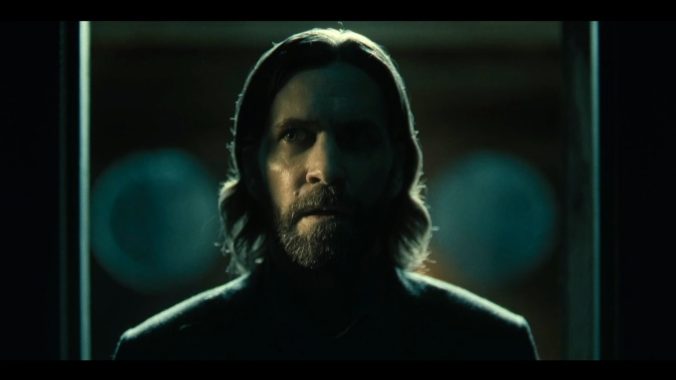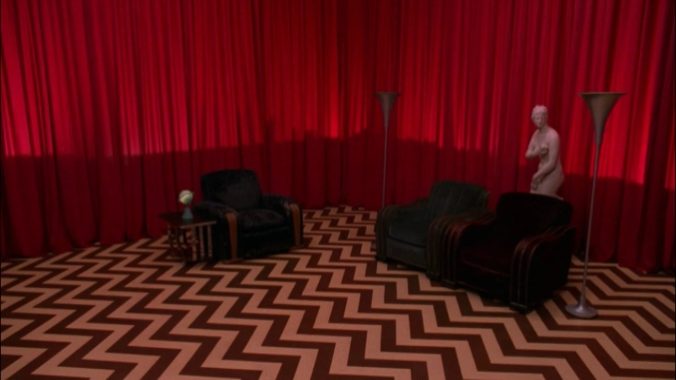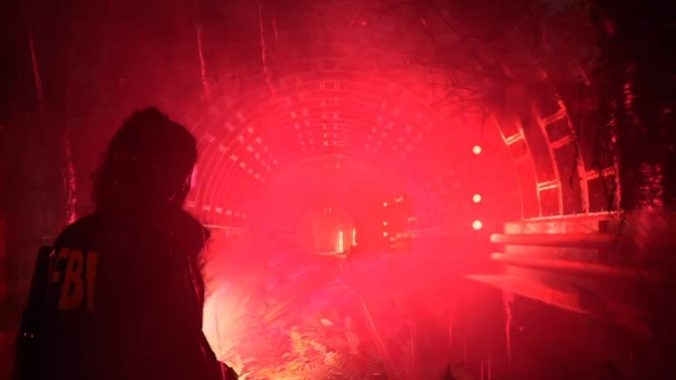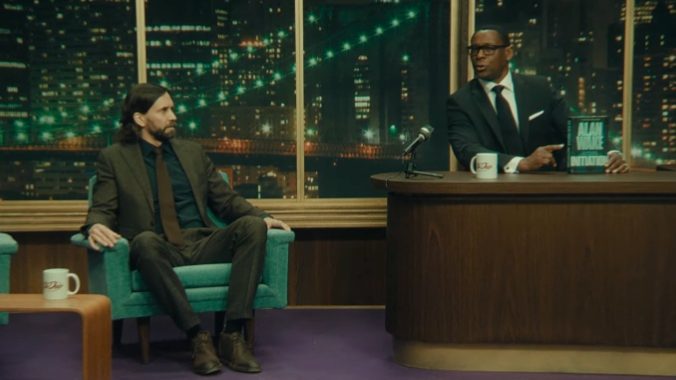How Alan Wake II Uses Cinematic Techniques to Elevate Its Storytelling

It’s no secret that film has a substantial influence on modern big-budget videogames, and many of the most highly celebrated titles have gone to extreme lengths to replicate what’s found on the silver screen. For instance, in the final year of Red Dead Redemption 2’s development, its directors decided to add black bars to the top and bottom of cutscenes to emulate the aspect ratio of old westerns, a decision which led to significant crunch for those in charge of its cinematics. God of War (2018) and its sequel were entirely engineered around hiding load times so they could deliver their stories in a single unbroken shot, an aesthetic style pushed to the forefront of contemporary cinema by the long takes in movies like Children of Men or Birdman. In addition to these specific instances, there are countless examples of games recreating or referencing famous scenes from movies and TV, such as Grand Theft Auto IV’s Heat-inspired Liberty City Bank heist.
In a more general sense, games frequently use cutscenes to leverage the strengths of other visual mediums, removing player control so the authors can directly influence how the audience experiences the narrative. An often-cited criticism of this approach is that it undermines the whole distinguishing characteristic of videogames as a form: interactivity. However, beyond this argument, these sequences also often fall short because they lack visual flavor, and it’s rare for game cutscenes to feel nearly as well shot or edited as what’s found in rival mediums.
In many ways, this is perfectly understandable, as cinematics are only one part of the massive endeavor that goes into creating a game. Anyone who’s read about or taken a crack at development understands how complex this process is, as it involves a mountain of technical challenges that frequently require reinventing the wheel and an equal number of trials in game design, storytelling, art direction, and more. While cinematography and video editing are central elements in other mediums and are pursuits that people dedicate their entire lives to, they aren’t usually cited as top priorities when it comes to games.
But even if there are understandable reasons for this disparity, the increased focus on cinematic presentation in big-budget releases is still worthy of criticism because it accentuates these shortcomings. It often feels like these “prestige games” sacrifice the things that the medium uniquely excels at, such as ludonarrative storytelling and environmental design, to insecurely ape film and TV. It’s a situation that would be much less grating if these games were better at following through on these other forms’ strengths, such as the punchiness of a satisfying match cut or the suspense of an achingly methodical tracking shot.
Thankfully, we do occasionally get experiences that run counter to this trend and reach into a deep bag of cinematic tricks, such as one of this year’s most memorable titles, Alan Wake II. On its surface, the latest entry in the series seems just as, if not more, nakedly referential to the works that inspired it. Twin Peaks is an obvious influence on these games, and there is a long list of similarities: they’re both set in towns in the Pacific Northwest besieged by otherworldly presences, Alan Wake’s Dark Place is very similar to Twin Peak’s Black Lodge, Scratch is Bob, they star FBI agents investigating a string of murders, Wake’s novel Return is a reference to Twin Peaks: The Return in both name and content (a fact acknowledged by its director Sam Lake), and perhaps most importantly, they are each defined by an intense, underlying weirdness.

But despite mapping so directly to this point of inspiration, Alan Wake II finds its own identity. It escapes the shadow of its predecessor because it uses visual language that pointedly maps to its specific ideas and setting. Instead of just dropping references and copying imagery, its aesthetics bolster the particular turns of this narrative. Additionally, it takes big swings that largely connect during its cutscenes, resulting in a collection of bizarre and striking shots that, even when divorced from their meaning, feel worth the price of admission.
One of the game’s most successfully utilized cinematic tricks is double exposure. For those unfamiliar, double or multiple exposure is when a single piece of film is “exposed” to light numerous times (i.e., when a picture is taken), which essentially combines the sights captured during each exposure. If an exposure of a person is combined with a backdrop, it can make the person appear like a faded ghostly presence. Alan Wake II constantly incorporates a digital version of this effect, superimposing visages and distant locations over its environments to create a variety of upsetting images.

